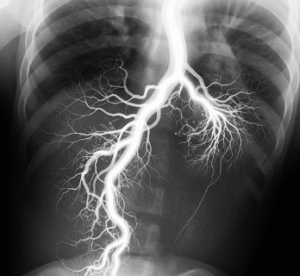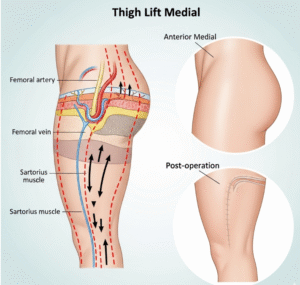Overview
Urinary Hesitancy is a condition characterized by difficulty initiating urination, even when the urge is strong. It commonly affects older men due to prostate enlargement but can also occur in women and younger individuals. This symptom may be temporary or chronic and can indicate underlying issues in the urinary tract, nervous system, or as a side effect of medications.
What is Urinary Hesitancy
Urinary Hesitancy is a difficulty or delay in starting the flow of urine, despite feeling the urge to urinate. It may be associated with a weak stream, dribbling, or incomplete emptying of the bladder. The condition is most commonly observed in men over 50, often due to benign prostatic hyperplasia (BPH), but it can also be caused by neurological disorders, infections, or psychological factors. Although not a disease itself, it is an important symptom that can reflect a range of medical problems.
Symptoms
- Delay or difficulty starting urination
- Weak or interrupted urine stream
- Prolonged time needed to urinate
- Dribbling after urination
- Sense of incomplete bladder emptying
- Frequent urination due to residual urine
- Straining or pushing to initiate urination
- Discomfort or anxiety related to voiding
Causes
Urinary hesitancy can result from obstructive, neurological, or functional problems:
Obstructive causes:
- Benign prostatic hyperplasia (BPH)
- Urethral stricture or narrowing
- Bladder stones
- Prostate cancer
- Pelvic masses or tumors
Neurological causes:
- Spinal cord injury
- Multiple sclerosis
- Parkinson’s disease
- Diabetic neuropathy
- Stroke
Other causes:
- Urinary tract infections (UTIs)
- Anxiety or shy bladder syndrome (paruresis)
- Side effects of medications (e.g., antihistamines, antidepressants)
- Post-surgical swelling or trauma
Risk Factors
- Male gender, particularly over age 50
- Enlarged prostate (BPH)
- Neurological disorders
- Diabetes mellitus
- Chronic urinary tract infections
- Certain medications
- Pelvic surgery or trauma
- High levels of stress or anxiety
Complications
If left untreated, urinary hesitancy can lead to:
- Urinary retention (inability to empty the bladder)
- Bladder distension and muscle weakening
- Increased risk of urinary tract infections
- Formation of bladder stones
- Kidney damage due to backflow of urine
- Sleep disturbances and fatigue
- Emotional stress or embarrassment
Prevention
Preventive strategies depend on the underlying cause but may include:
- Regular urologic check-ups, especially for men over 50
- Managing prostate health through diet and lifestyle
- Controlling chronic conditions like diabetes
- Avoiding medications known to cause urinary retention, unless necessary
- Stress reduction techniques to help with functional hesitancy
- Staying well-hydrated, but avoiding excess caffeine or alcohol
- Prompt treatment of urinary tract infections
Treatment Options in Korea
South Korea offers advanced diagnostics and customized treatments for urinary hesitancy based on the underlying cause:
- Diagnostic evaluations:
- Urine flow tests (uroflowmetry)
- Bladder scans or post-void residual measurement
- Cystoscopy to visualize the urethra and bladder
- Prostate-specific tests (e.g., PSA level, ultrasound)
- Medical treatment:
- Alpha-blockers (e.g., tamsulosin) to relax prostate and bladder neck muscles
- 5-alpha reductase inhibitors for prostate size reduction
- Antibiotics if infection is present
- Discontinuation or adjustment of medications causing retention
- Minimally invasive or surgical interventions:
- Transurethral resection of the prostate (TURP)
- Urethral dilation or internal urethrotomy for strictures
- Botox injections for neurogenic bladder dysfunction
- Intermittent self-catheterization in cases of severe retention
- Behavioral therapies:
- Bladder training and scheduled voiding
- Pelvic floor physical therapy
- Cognitive therapy for paruresis (shy bladder)
With modern diagnostic tools and multidisciplinary treatment strategies, Korean urologic care ensures high success rates and improved comfort for patients experiencing urinary hesitancy.













